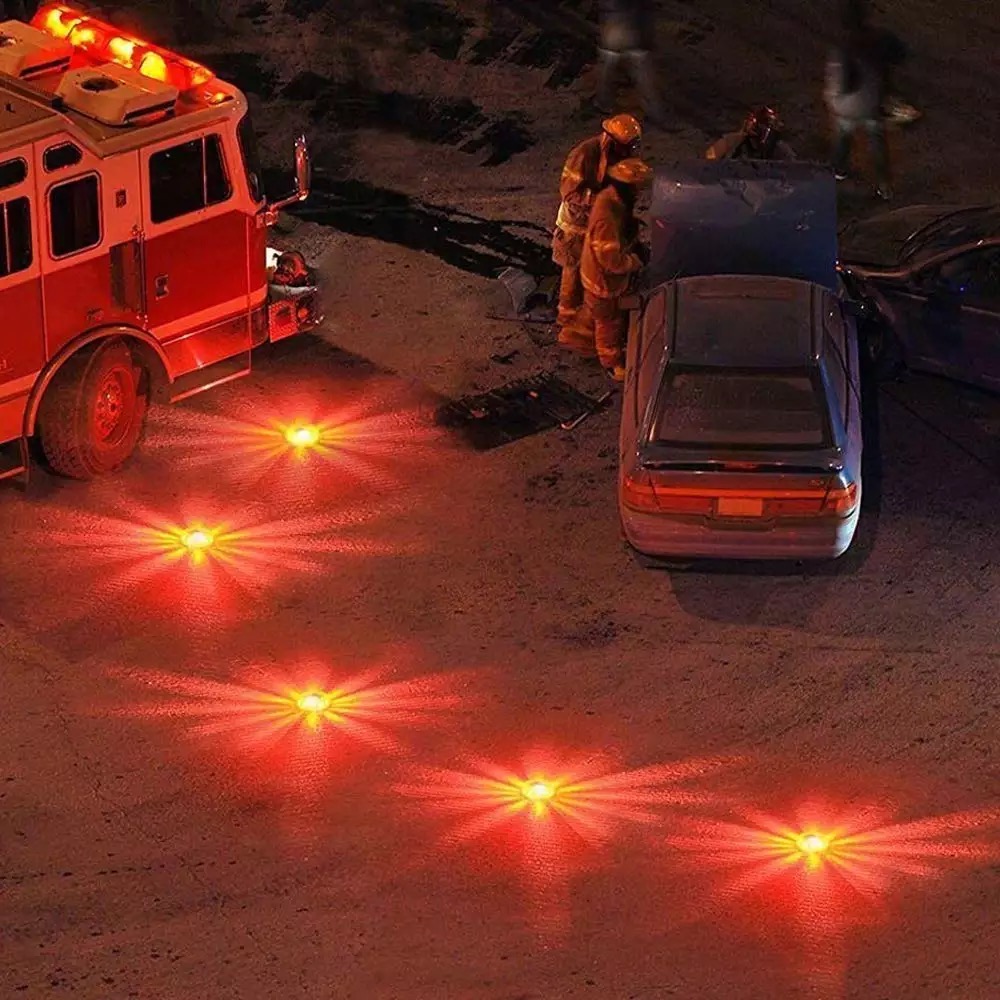Top 5 Mistakes People Make When Using Warning Lights – And How to Avoid Them
The Most Common Mistakes People Make When Using Warning Lights - And How to Avoid Them
Warning lights are essential tools for safety, especially in traffic control, construction zones
emergency situations, and roadside assistance. However, despite their importance, many people still use them incorrectly, which can reduce their effectiveness and even increase the risk of accidents. In this article, we'll explore the most common mistakes people make when using
warning lights-and more importantly, how to avoid them.
1. Neglecting the Battery Status
Mistake:
Using warning lights without checking the battery level often results in lights dying at critical moments.
How to Avoid It:
l Always check the battery status before use.
l Keep backup batteries or a charged power bank available.
l Opt for rechargeable models with built-in battery indicators to monitor power levels easily.
2. Using the Wrong Mode for the Environment
Mistake:
Choosing a dim or slow-blinking mode in bright daylight or foggy weather can reduce visibility.
How to Avoid It:
l Adjust the light mode based on the visibility conditions (e.g., strobe or fast flash in low-visibility settings).
l Use steady light or high-intensity modes at night or in heavy rain.
l Select warning lights with multiple modes for greater adaptability.
3. Improper Placement
Mistake:
Placing the warning light too low or behind objects where it’s not easily seen.
How to Avoid It:
l Mount the light at an elevated or unobstructed location for maximum visibility
l Utilize magnetic bases, cones, or brackets for secure and visible placement.
l Choose lights with 360-degree illumination or wide-angle visibility.
4. Ignoring Weather Resistance
Mistake:
Using lights that aren’t waterproof or weather-resistant during rain or snow.
How to Avoid It:
l Choose warning lights with at least an IP65 waterproof rating.
l Look for models with rugged construction and durable materials like TPR or PC.
l Avoid exposing non-weatherproof devices to extreme elements.
5. Lack of Maintenance
Mistake:
Letting dirt build up on the lens or not testing the light regularly can reduce performance.
How to Avoid It:
l Clean the lens and housing frequently to ensure maximum brightness.
l Periodically test the functions to ensure all modes are working.
l Store the device in a dry, safe place when not in use.
Final Thoughts
When used correctly, warning lights are a simple yet powerful way to protect lives and property. Whether you’re managing roadside emergencies, working at night, or guiding traffic, avoiding these common mistakes ensures your warning light performs at its best when it matters most.
Looking for durable, rechargeable, and weatherproof warning lights? Choose products that combine smart design, strong visibility, and long-lasting battery life to keep you and others safe in any situation.




